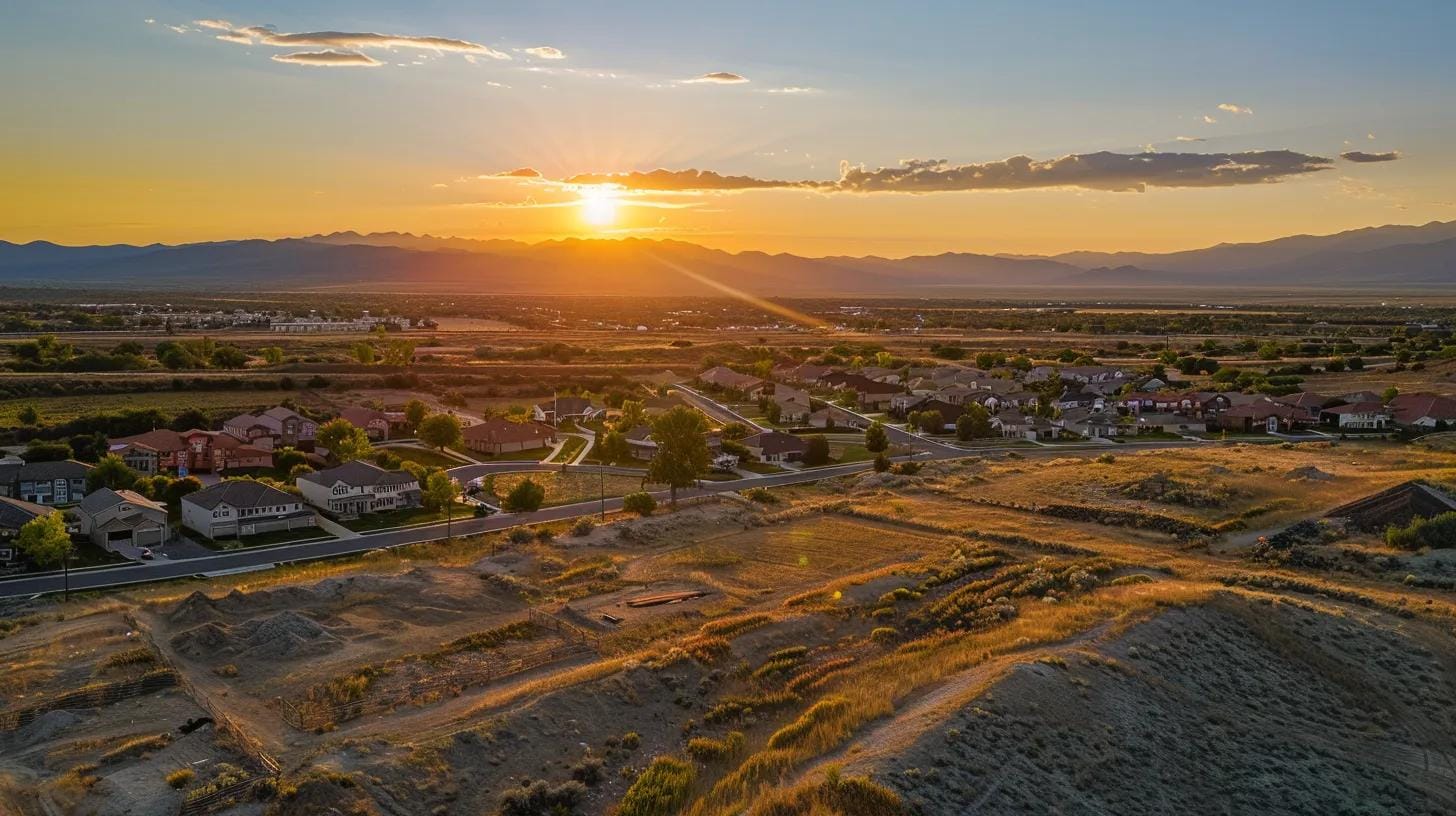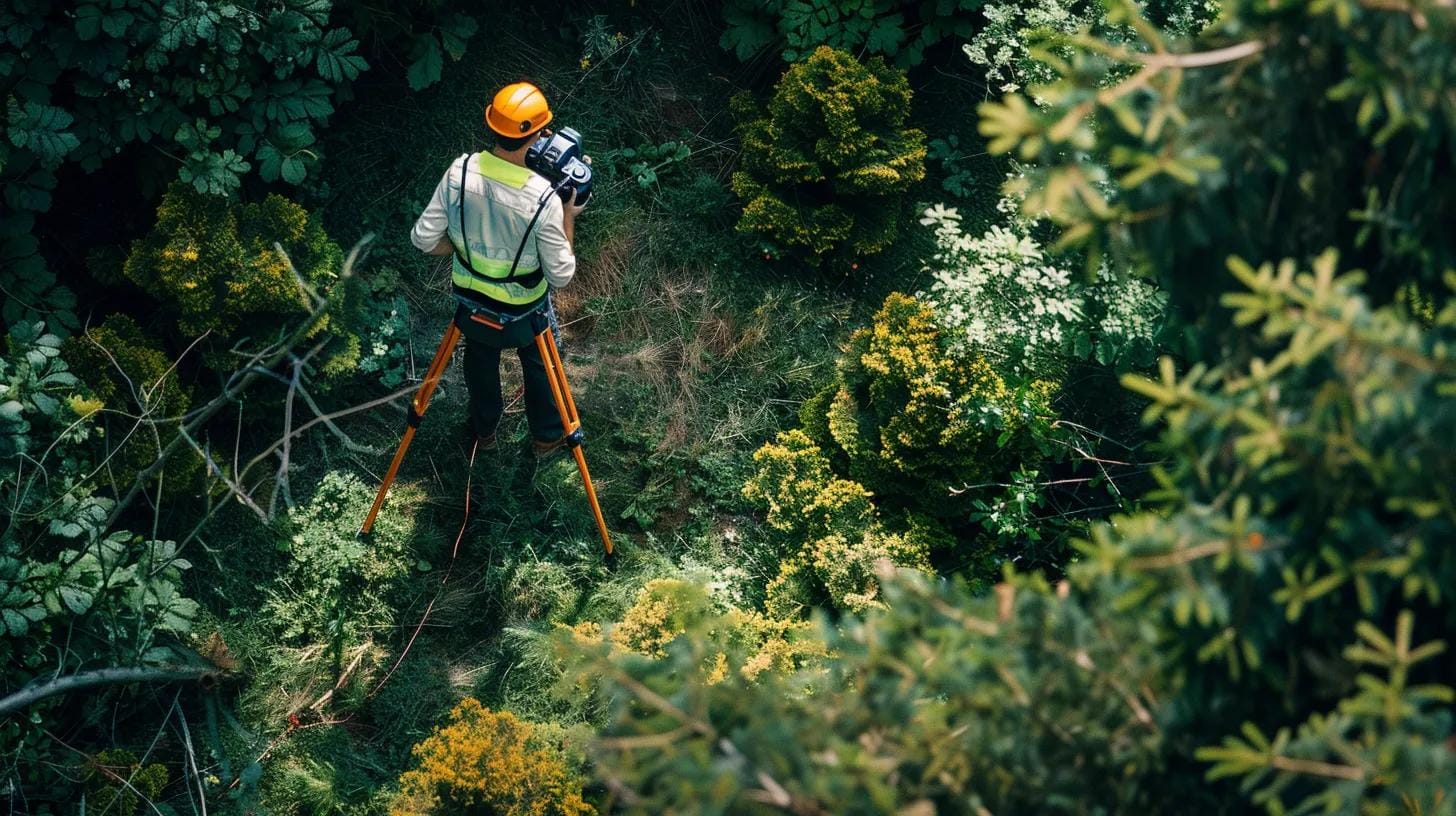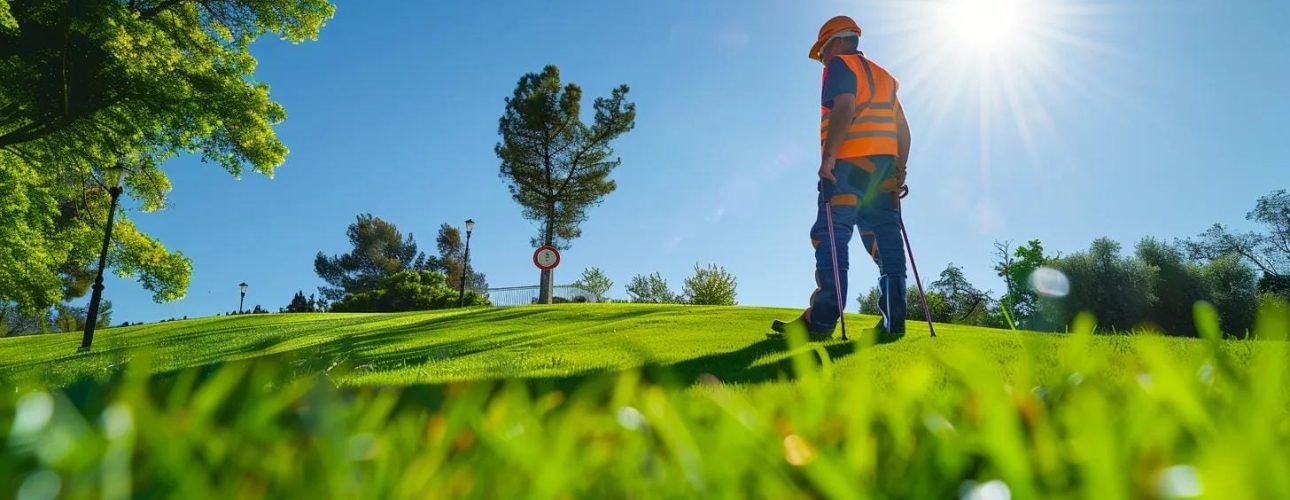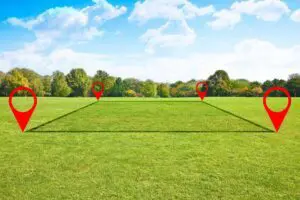Property boundary disputes can stress homeowners significantly and affect relationships with neighbors. This article will discuss the expert role of land surveyors in resolving such issues and outline practical steps to take when faced with a dispute. Readers will benefit from learning how to navigate boundary conflicts effectively, with insights from case studies and the costs associated with hiring a land surveyor. By understanding these elements, homeowners can address potential problems before they escalate, ensuring a smoother resolution to their property challenges.
Key Takeaways
- Clear identification of property boundaries prevents disputes and clarifies ownership rights
- Engaging qualified land surveyors is essential for accurate boundary determinations and effective resolutions
- Proactive communication with neighbors can minimize misunderstandings and future boundary conflicts
- Legal documentation, such as updated surveys, reinforces clarity and helps avoid disputes
- Mediation and community involvement foster collaboration for amicable boundary dispute resolutions
Understanding Property Boundary Disputes

Property boundaries define ownership and usage rights, making their clear identification crucial in preventing disputes. Common boundary conflicts often arise from uncertainty regarding property lines, fences, and easements. Factors such as poor surveys, misunderstandings, or changes in land use frequently lead to lawsuits. This section will explore these issues further, including the role of expert witnesses and procedures like quiet title actions in resolving disputes in Utah.
Defining Property Boundaries and Their Importance
Property boundaries are essential for establishing ownership rights and usage, clearly describing what land belongs to whom. Accurate boundary delineation is crucial for compliance with local law, particularly regarding enhancements like driveways, which can encroach on neighboring properties. Moreover, understanding the topography of the land can assist in preventing disputes, ensuring that property lines are recognized and respected, thus safeguarding against potential conflicts.
Common Types of Boundary Disputes
Common types of boundary disputes often stem from misunderstandings related to property lines, particularly in the context of estate planning and zoning regulations. For instance, a landscape alteration that extends beyond a property’s limits can lead to legal challenges, especially if it infringes on a neighbor’s rights. Utilizing legal instruments such as a quitclaim deed might be necessary to clarify ownership issues, making consultation with a qualified lawyer essential for effective resolution of these conflicts.
Key Factors Leading to Boundary Conflicts
Key factors leading to boundary conflicts often involve a lack of knowledge regarding property lines and ineffective communication among neighbors. Misunderstandings can arise from vague property descriptions or outdated surveys, so consult an experienced attorney or land surveyor to verify boundaries. Additionally, mediation can serve as a valuable tool in resolving disputes before they escalate, particularly when neighboring properties are involved in mortgage agreements that affect land use rights.
- Lack of knowledge regarding property lines
- Ineffective communication among neighbors
- Outdated surveys
- Importance of consulting an experienced attorney
- Utilizing mediation for resolution
- Effects of mortgage agreements on land use rights
Property boundary disputes can be tense, fueled by uncertainty and conflict. In these moments, land surveyors’ expertise emerges as a guiding force, ready to clarify and resolve the issues at hand.
The Expert Role of Land Surveyors in Boundary Issues

Effective land surveyors possess specific qualifications and skills vital for resolving property boundary disputes. They utilize advanced tools and technologies during boundary surveys, ensuring accuracy. This section will detail the stages of a professional boundary survey, including essential steps such as research, deed examination, probate considerations, title searches, and the implications of adverse possession.
Qualifications and Skills of Effective Surveyors
Effective land surveyors possess a range of qualifications and skills that are crucial for resolving boundary disputes. They must deeply understand real property laws and regulations, allowing them to gather and present evidence accurately. Their ability to provide clear testimony during negotiations can significantly influence the outcome of a dispute, ensuring that clients’ rights are effectively represented.
Tools and Technologies Used in Boundary Surveys
The tools and technologies employed in boundary surveying are vital for ensuring accuracy and clarity in property lines. Modern land surveyors utilize advanced equipment such as GPS systems, electronic distance measuring devices, and total stations to gather precise measurements, which helps define boundaries, particularly in construction projects or fence installations. Additionally, creating detailed plats during the surveying process allows for proper documentation of property title descriptions, significantly reducing the likelihood of disputes stemming from unclear boundaries.
Stages of a Professional Boundary Survey
The stages of a professional boundary survey involve a systematic approach to accurately identify property lines and address potential disputes. Initially, surveyors conduct thorough research, examining existing property deeds and any recorded easements that may affect the land. This step is crucial, as it helps attorneys and property owners understand their rights and responsibilities under local regulations. Following the research, surveyors proceed with on-site measurements using advanced tools, ensuring that no errors occur that could lead to personal claims or title insurance issues due to inaccurate boundary delineation.
Land surveyors are vital in clarifying boundaries, yet disputes can still arise. Knowing the steps to take when facing a boundary disagreement can make all the difference.
Steps to Take When Facing a Boundary Dispute

When confronting a boundary dispute, homeowners should gather evidence and documentation to support their claims. Engaging a qualified land surveyor is essential for accurate boundary determination, as they understand the nuances of property law. Additionally, it is important to recognize legal rights and responsibilities throughout this process, ensuring informed decisions can be made moving forward.
Gathering Evidence and Documentation
Gathering evidence and documentation is a critical initial step when homeowners face a boundary dispute. Property owners should collect any relevant deeds, surveys, and photographs that illustrate their understanding of the property lines. Engaging a professional land surveyor can provide expert analysis, further reinforcing claims with precise measurements and legally recognized data.
How to Engage a Land Surveyor
Engaging a land surveyor begins with researching qualified professionals specializing in boundary disputes. Property owners should request recommendations from legal experts or consult local surveying organizations to ensure they select someone with the right expertise. Once a surveyor is chosen, clear communication about the specific issues and desired outcomes can lead to a more effective boundary determination process, providing essential support in resolving disputes.
Understanding Legal Rights and Responsibilities
Understanding legal rights and responsibilities is foundational for property owners facing boundary disputes. Each party should be aware of their ownership rights, typically documented in property deeds, and any easements or zoning regulations that may impact land use. Engaging with a qualified land surveyor can clarify these rights, offering professional insights that guide property owners in making informed decisions and avoiding potential legal issues.
Boundary disputes often lead to distress and division, but many have found a way to resolve them. In the next section, real stories of successful resolutions will illuminate how conflicts can become agreements.
Costs Associated With Boundary Surveys

The costs associated with boundary surveys can vary significantly based on several factors. Key considerations include the complexity of the property in question, the level of detail required, and potential legal factors influencing survey needs. Budgeting effectively for boundary dispute resolution is essential to avoid hidden costs and unexpected fees and ensure that property owners are well-prepared for the financial aspects of resolving disputes.
Factors That Influence Survey Costs
The costs associated with boundary surveys can significantly vary based on multiple factors, including the complexity of the property, the landscape, and the specifics of the dispute. Properties that feature irregular shapes, slopes, or natural barriers may require more detailed analysis and specialized equipment, thus increasing overall expenses. Additionally, the need for thorough title research and potential legal consultations can further enhance surveying costs, making it essential for property owners to budget accordingly to accurately resolve boundary disputes.
Budgeting for Boundary Dispute Resolution
Budgeting for boundary dispute resolution is essential for property owners to manage costs effectively during conflicts. Understanding the potential expenses of land surveys, including professional fees and any necessary legal consultations, allows homeowners to prepare adequately. By allocating funds for these services and considering the complexity of the property, individuals can avoid surprises and ensure a smoother resolution process, ultimately safeguarding their property rights and maintaining amicable neighborhood relationships.
Avoiding Hidden Costs and Unexpected Fees
Property owners should adopt a proactive approach to avoid hidden costs and unexpected fees during boundary surveys. To ensure transparency, it is recommended to request detailed estimates from land surveyors outlining all potential expenses, including site visits, legal consultations, and additional services. Open communication throughout the surveying process can help clarify any uncertainties and ensure property owners are prepared for all associated costs.
Costs can strain relationships. Understanding how to maintain good ties with neighbors becomes essential.
Maintaining Positive Neighbor Relationships

Effective communication strategies are crucial for resolving conflicts and maintaining positive neighborhood relationships. By actively addressing potential boundary issues early on, property owners can prevent disputes from escalating. Engaging in mediation or community solutions can foster collaboration and ensure that all parties understand their rights and responsibilities, paving the way for amicable resolutions and harmonious living environments.
Communication Strategies for Conflict Resolution
Effective communication strategies are vital in resolving property boundary disputes and maintaining positive neighbor relationships. Property owners should approach discussions about property lines with respect and clarity, ensuring that concerns are expressed openly while listening to the viewpoints of neighboring parties. By fostering an atmosphere of cooperation and actively involving a qualified land surveyor in the dialogue, individuals can work towards mutually acceptable solutions, ultimately minimizing conflicts and enhancing community harmony.
Preventing Future Boundary Issues
Preventing future boundary issues involves proactive communication and clear documentation between neighbors. Establishing open lines of dialogue about property lines and potential encroachments can significantly minimize misunderstandings. Homeowners are encouraged to hold discussions about boundary-related concerns and consider legal documentation, such as updated surveys, to reinforce clarity and avoid conflicts in the future.
Engaging in Mediation or Community Solutions
Engaging in mediation or community solutions provides a constructive approach to addressing property boundary disputes without litigation. Homeowners can facilitate open discussions that include all parties involved, ensuring everyone can voice their concerns regarding property lines. Utilizing local mediation services or neighborhood associations can foster a collaborative atmosphere, ultimately leading to amicable resolutions that strengthen neighborly ties and diminish potential conflicts.
Conclusion
Understanding property boundary disputes through the expertise of land surveyors plays a vital role in maintaining clear ownership rights and preventing conflicts. By accurately identifying property lines and comprehensively addressing legal complexities, surveyors help property owners navigate challenges effectively. Open communication and proactive measures can significantly reduce misunderstandings, fostering positive neighbor relationships. Investing in professional surveying services safeguards one’s property and promotes harmonious living environments.




